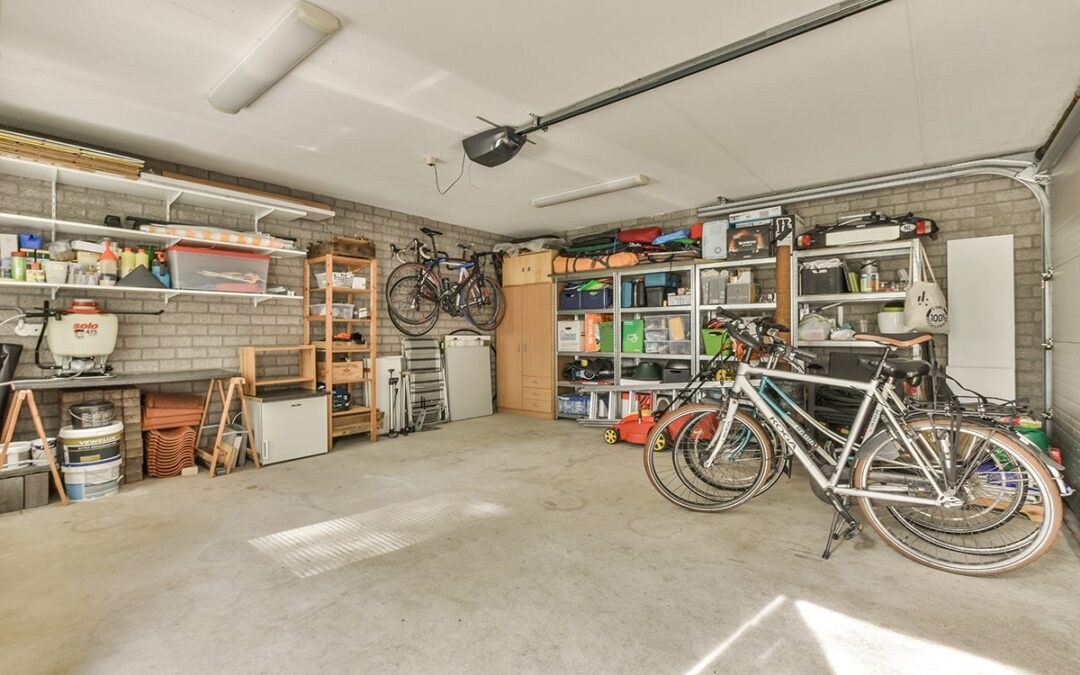Are you looking for ways to make your garage more energy efficient and cost-effective? Insulation is one of the best ways to control your home’s temperature, keep out moisture, reduce noise levels, and save money on heating and cooling costs. But with so many different types of insulation, from fiberglass to radiant barriers, how do you know which type is right for you? Keep reading to find out which insulations are available for garages and what features will benefit each option.
Fiberglass
Fiberglass garage insulation is an affordable and flexible option that can effectively heat and cool your garage. It is made from reinforced plastic and can conserve up to 12 times more energy while lowering energy costs by up to 40%! Fiberglass also helps reduce noise levels inside the garage by acting as a sound absorber, making it quieter and more comfortable to work in or relax in your garage space. The most commonly found type of garage insulation is Batt insulation, which comes in pre-cut rolls made from fiberglass. Fiberglass insulation is one of the cheapest options of insulation available, averaging around $2000 per project.
Foam Board Insulation
Foam board insulation is an excellent option for insulating garages due to its versatility and affordability. Foam board insulation is made from polyurethane plastic, which expands to fill in any gaps, cracks, or exposed areas that could let heat or cold air escape. This type of insulation can help save on heating and cooling costs. It is a popular substitute for fiberglass as it is simple to install and provides resistance to water, corrosion, and fire.
Spray Foam Insulation
Insulating your garage with spray foam is an affordable and convenient option. It is made from polyurethane plastic which expands to fill in any gaps, cracks, or exposed areas that might let heat or cold air escape. It is an excellent choice for insulating specific areas or hard-to-reach spaces. Spray foam insulation is very durable and can last up to 80 years. Keep in mind, if you have allergies or asthma, it is suggested to hire a professional to spray in the foam in order to avoid any respiratory problems.
Blown-In Insulation
Blown-in insulation is a type of insulation that is blown into areas of your home to prevent cold air, weather, or insects from getting in. It is usually made from cellulose or fiberglass, with cellulose being the more affordable option because it’s made of recycled materials. Cellulose is also mold-resistant, although due to its placement, it could be susceptible to mold growth if exposed to water. A professional specializing in blown-in insulation can properly install this material, which can last up to 25 years.
Radiant Barriers and Reflective Systems
Radiant barriers and reflective systems are popular in warm climates as they prevent heat absorption into your home by reflecting it away. The installation of radiant barrier insulation may cost up to $2,840, making it an affordable way to insulate your garage. Although radiant barriers are typically used in attics, they may also be a suitable option for garages with lofts above them. Radiant barriers also have a good lifespan, with some lasting up to 25 years when properly installed by professionals.
Choosing the Best Insulation For Your Garage
To get the best energy savings and comfort, it’s important to choose the right insulation for your garage. There are different options like fiberglass, foam board, spray foam, and blown-in insulation, each having its own advantages and disadvantages. Deciding on the type of insulation depends on factors like your budget, location of installation, desired R-value rating, and lifespan. It’s recommended to consult with an experienced professional before making any decisions regarding the installation of new insulation in your garage space.

